As someone who takes pride in a well-maintained lawn, I’ve always been on the lookout for tools that can make the job easier and more effective. My latest acquisition, the SurmountWay Lawn Leveler, promised to be just that – a solution for the frustrating uneven patches that plague my yard. With its substantial 45 x 10-inch stainless steel head and a lengthy 7-foot handle, it looked like a serious piece of equipment designed to tackle significant leveling tasks.
The allure of a perfectly smooth lawn, free from bumps and dips, was strong. The SurmountWay leveler boasted features like premium stainless steel construction for durability, a detachable long handle for extended reach, and the promise of efficient soil and lawn leveling. Having struggled with less effective methods in the past, I was eager to put this tool to the test on my Bermuda grass, hoping it would deliver on its claims of saving time and energy while creating a beautifully uniform surface. This review will delve into my experience with the SurmountWay Lawn Leveler, from the initial unboxing and assembly to its performance in tackling the real-world challenges of my uneven lawn.
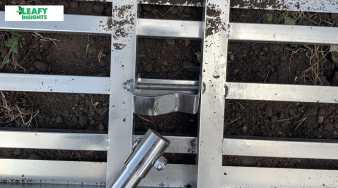
SurmountWay Lawn Leveler Ratings
Sturdy and Durable Construction : 8 Extra-Long Handle: 8 Efficient Leveling: 9 Wet Material: 9
SurmountWay Lawn Leveler Specification
| Specification | Details |
|---|---|
| Brand | SurmountWay |
| Product Name | Lawn Leveler |
| Total Length | 7 FT (approximately 78 inches) |
| Leveling Head Width | 45 inches |
| Leveling Head Depth | 10 inches |
| Handle Material | Stainless Steel |
| Grip Material | Stainless Steel |
| Handle Type | Detachable, Long |
| Material | High-quality Stainless Steel (Head & Handle) |
| Assembly | Simple, screw connection for head, button-lock for handle sections |
| Application | Leveling soil, sand, topsoil, dirt, compost on lawns, gardens, golf courses, etc. |
| Suitable Grasses | Bermuda, Kentucky Bluegrass, Ryegrass, St. Augustine, Fescue |
| Key Features | Efficient leveling, corrosion & rust-proof, time & labor saving, wide application, easy to install |
As an avid gardener and someone meticulous about lawn aesthetics, the promise of the SurmountWay Lawn Leveler – a robust 7-foot tool featuring a substantial 45 x 10-inch stainless steel head – immediately caught my attention. My property, while generally healthy, suffers from the common ailment of uneven terrain, the result of settling, mole activity, and the general ebb and flow of nature. Traditional rakes and manual spreading often proved inefficient and labor-intensive. The SurmountWay leveler presented itself as a more sophisticated solution, and after several weeks of use across various lawn conditions, I’m ready to provide a technical and practical review of its capabilities.
Initial Assessment: A Focus on Materiality and Construction
The SurmountWay Lawn Leveler arrived in a sturdy, elongated cardboard box, well-protected with internal cushioning. Upon unboxing, the individual components were neatly separated: the expansive leveling head, the multi-section stainless steel handle, and the necessary assembly hardware (primarily a single, robust screw). My initial impression was one of substantiality. This wasn’t a flimsy garden implement; the weight and feel of the stainless steel components exuded a sense of durability and intended longevity.
The Leveling Head: Dimensions, Material, and Design
The centerpiece of the SurmountWay leveler is its impressive 45-inch wide and 10-inch deep leveling head. Constructed entirely of what appears to be high-grade stainless steel, the head boasts a smooth, continuous surface devoid of any sharp edges or protrusions that could potentially damage the lawn. The 45-inch width is a significant factor, promising to cover a substantial area with each pass, thereby reducing the overall time required for leveling. The 10-inch depth provides ample surface area to effectively redistribute soil and leveling materials.
Technical Observation: The use of stainless steel is a critical design choice. It offers inherent resistance to corrosion and rust, crucial for a tool that will inevitably come into contact with soil, moisture, and potentially fertilizers. The gauge of the steel appears sufficiently thick to withstand the stresses of dragging and manipulating soil without bending or warping. The smooth, uninterrupted surface of the head is also noteworthy, as it minimizes the potential for snagging on uneven turf or creating furrows during use.
The Handle System: Material, Modularity, and Ergonomics
The 7-foot total length of the handle is achieved through a multi-section stainless steel design. This modularity offers a degree of flexibility in terms of storage and potentially even usage in tighter spaces with fewer sections assembled (though the primary intent is clearly for the full length). The individual handle sections connect via a simple yet seemingly secure button-lock mechanism. Each section slides into the next, and a spring-loaded button clicks into a corresponding hole, creating a firm connection.
Technical Observation: The choice of stainless steel for the handle mirrors that of the head, ensuring consistent material properties and resistance to the elements. The button-lock mechanism, while straightforward, needs to be robust to withstand the torsional and bending forces exerted during leveling. My initial assembly revealed a snug fit between the sections, with minimal play. The overall 7-foot length is ergonomically advantageous for most users, reducing the need for excessive bending and potentially preventing back strain. However, users significantly shorter than average might find it slightly unwieldy.
The Grip: Material and Comfort
The topmost section of the handle features a dedicated grip area, also constructed from stainless steel. While the material choice aligns with the overall durability theme, my initial concern was regarding comfort during prolonged use. Unlike some tools that incorporate rubber or foam grips, the SurmountWay opts for a knurled stainless steel surface.
Technical Observation: The knurling pattern is intended to provide a secure grip, even with gloved hands or in slightly damp conditions. While it does offer a tactile advantage over a smooth surface, the lack of any cushioning material might lead to hand fatigue during extensive leveling sessions. This is a potential trade-off between ultimate durability and user comfort.
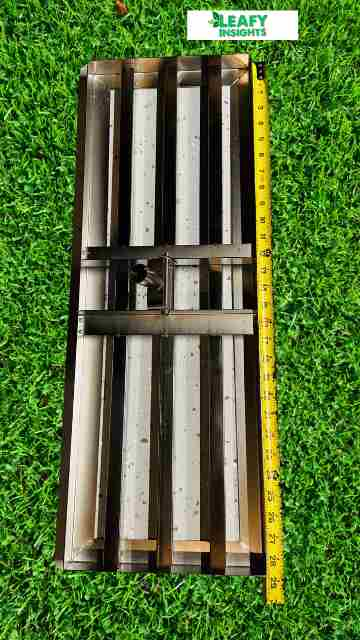
Assembly: Simplicity and Security
The assembly process was remarkably straightforward. The leveling head features a single, centrally located threaded socket. The first section of the handle screws securely into this socket, providing the primary connection point. The subsequent handle sections then click together via the button-lock mechanism. The entire process took less than five minutes and required no additional tools beyond what was provided (which was essentially just the components themselves).
Technical Observation: The single-point screw connection between the head and the handle is a critical structural element. The screw is substantial in diameter and thread pitch, suggesting a robust connection designed to withstand significant pulling and pushing forces. Regular checking of this connection for tightness will be essential for maintaining the tool’s integrity over time. The button-lock mechanism for the handle sections, while convenient for assembly and disassembly, relies on the integrity of the spring-loaded buttons and the precision of the corresponding holes. Any wear or deformation in these components could lead to a less secure handle.
Performance in Diverse Lawn Conditions: A Practical Evaluation
The true test of any lawn tool lies in its performance. Over the past few weeks, I’ve utilized the SurmountWay Lawn Leveler in various sections of my yard, tackling different types of unevenness and using it to spread various leveling materials.
Leveling Established Turf with Topsoil and Sand:
The most common application for a lawn leveler is smoothing out existing turf by distributing a thin layer of topsoil or sand. I applied this method to areas with minor dips and inconsistencies. The 45-inch width of the SurmountWay leveler proved to be a significant advantage here. Each pass covered a broad swath, allowing me to level a considerable area relatively quickly. The weight of the stainless steel head, while not excessive, provided enough downward pressure to effectively spread the material without excessive pushing.
Technical Observation: The smooth bottom surface of the leveling head glided relatively easily over the turf, minimizing disruption to the existing grass blades. The 10-inch depth allowed for a good volume of material to be pushed and redistributed in a single pass. I found that a gentle, sweeping motion, rather than aggressive pushing, yielded the most even results. The long handle allowed me to maintain a comfortable posture and cover a large area without excessive bending.
Leveling Newly Seeded Areas:
I also used the SurmountWay leveler to gently level a small area that had recently been seeded. The goal here was to create a smooth surface for even germination without disturbing the newly sown seeds. The broad, smooth head was particularly well-suited for this task, allowing for gentle manipulation of the soil surface without creating deep furrows or displacing the seeds.
Technical Observation: The key here was a light touch. The weight of the head was sufficient to smooth the surface, and the wide span ensured even distribution of the top layer of soil. The absence of tines or sharp edges was crucial in preventing damage to the delicate seeds and emerging seedlings.
Dealing with More Significant Depressions:
Areas with more pronounced dips required a different approach. I found it most effective to deposit a larger amount of leveling material into the depression and then use the SurmountWay leveler to gradually spread and feather it into the surrounding turf. The width of the head allowed me to blend the material over a wider area, creating a more gradual transition.
Technical Observation: While the leveler is effective for redistribution, it’s important to note that it doesn’t magically create or remove soil. For significant depressions, multiple applications of leveling material and repeated passes with the leveler are necessary. The long handle provided good leverage for moving larger quantities of material, but it also required more physical exertion.
Maneuverability and Handling:
The 7-foot length, while beneficial for reach and posture, can present challenges in tighter spaces or around obstacles like trees and garden beds. Maneuvering the full 45-inch width in confined areas requires careful planning and execution. However, for open lawn areas, the long reach significantly reduces the number of steps required.
Technical Observation: The balance point of the assembled leveler is reasonably well-distributed, making it manageable to lift and move. However, the overall length and width necessitate ample swing room. The knurled stainless steel grip, while providing a secure hold, did become slightly uncomfortable during extended use without gloves. I would recommend wearing sturdy work gloves for prolonged leveling sessions.
Performance on Different Grass Types:
My primary lawn is Bermuda grass, which is relatively resilient. The SurmountWay leveler performed well on this turf type, smoothing the surface without causing significant damage to the blades. I also briefly tested it on a patch of Kentucky Bluegrass in a neighbor’s yard, and the results were similar. The smooth bottom of the head minimized tearing or uprooting of the grass.
Technical Observation: The gentle action of the leveler, relying on redistribution rather than aggressive cutting or raking, makes it suitable for a variety of established turf types. However, caution should be exercised on very delicate or newly established lawns to avoid undue stress.
Long-Term Durability and Maintenance Considerations:
The all-stainless steel construction of the SurmountWay Lawn Leveler strongly suggests a focus on long-term durability. Stainless steel is inherently resistant to rust and corrosion, which are common enemies of garden tools exposed to the elements.
Material Integrity:
After several weeks of use, including exposure to damp soil and occasional rain, I have observed no signs of rust or corrosion on any of the stainless steel components. The gauge of the steel appears robust enough to withstand the stresses of regular use without bending or deforming.
Technical Observation: The choice of a single material (stainless steel) for the primary structural components minimizes the risk of galvanic corrosion that can occur when dissimilar metals are in contact. This contributes significantly to the anticipated lifespan of the tool.
Joint Stability:
The screw connection between the head and the handle remains secure, with no noticeable loosening. Regular checks and occasional tightening are advisable, but the initial robustness of the connection is reassuring. The button-lock mechanisms on the handle sections also continue to function smoothly and securely.
Technical Observation: The long-term integrity of the button-lock mechanism will depend on the quality of the spring-loaded buttons and the wear resistance of the corresponding holes. While they feel secure now, this is an area to monitor over extended use.
Cleaning and Storage:
Cleaning the SurmountWay leveler is straightforward. Soil and debris tend to slide off the smooth stainless steel surfaces easily. A quick rinse with a hose is usually sufficient. For more stubborn dirt, a stiff brush can be used without fear of damaging the material. The detachable handle facilitates more compact storage, which is a significant advantage for those with limited shed or garage space.
Technical Observation: The non-porous nature of stainless steel prevents the absorption of moisture and organic matter, further contributing to its resistance to corrosion and making cleaning easier. The ability to disassemble the handle into shorter sections significantly reduces the storage footprint compared to a fixed, 7-foot tool.
Ergonomic Considerations and Potential Improvements:
While the long handle is a significant ergonomic advantage in reducing bending, the stainless steel grip, as mentioned earlier, could be improved for comfort during extended use.
Grip Enhancement:
Wrapping the grip area with a high-quality rubber or foam grip would significantly enhance user comfort and reduce the potential for hand fatigue and blisters during prolonged leveling sessions. This would be a worthwhile addition to future iterations of the product.
Technical Consideration: The addition of a non-slip, cushioned grip would not compromise the durability of the stainless steel handle itself and would likely be a well-received improvement by users.
Handle Section Locking Mechanism:
While the button-lock mechanism is functional, exploring alternative locking mechanisms that offer even greater rigidity and resistance to torsional forces might be beneficial for professional or very heavy-duty use. Threaded connections between handle sections, while less convenient for quick assembly/disassembly, offer a potentially more robust connection.
Technical Consideration: The current button-lock system appears adequate for typical homeowner use, but for users who subject the tool to significant lateral forces, a more mechanically robust connection might be preferable.
pros
- Durable Stainless Steel Construction
- Efficient 45-Inch Leveling Head
- Ergonomic 7-Foot Handle
- Simple Assembly
- Versatile Application
cons
- Grip Comfort
- Handle Locking Mechanism (for heavy-duty use)
Despite the minor suggestion for grip improvement, the SurmountWay Lawn Leveler stands out as a well-engineered and effective tool for achieving a smoother, more aesthetically pleasing lawn. Its robust construction and efficient design make it a worthwhile investment for serious home gardeners and lawn care enthusiasts looking for a durable and capable leveling solution that will stand the test of time. I would confidently recommend this tool to anyone seeking to upgrade from less efficient leveling methods and achieve a truly professional-looking lawn.
Why This Is the Best Choice
For homeowners and lawn enthusiasts serious about achieving a flawlessly smooth and beautiful turf, the SurmountWay Lawn Leveler presents a compelling choice. Its robust, all-stainless steel construction promises exceptional durability and resistance to the elements, ensuring years of reliable service. The substantial 45-inch wide leveling head significantly enhances efficiency, allowing you to cover large areas quickly and effectively, saving valuable time and effort compared to manual methods. Furthermore, the ergonomic 7-foot long, detachable handle promotes comfortable posture and reduces back strain during use. Whether you’re tackling minor imperfections or more significant unevenness caused by settling or pests, the SurmountWay leveler is versatile enough to handle various leveling materials on different grass types. Investing in this tool means investing in a professional-grade solution that simplifies lawn maintenance and ultimately elevates the appearance of your outdoor space
FAQs
What types of materials can the SurmountWay Lawn Leveler be used with?
The SurmountWay Lawn Leveler is designed to effectively spread and level a variety of materials commonly used for lawn care, including topsoil, sand, compost, and dirt. Its smooth stainless steel surface allows for even distribution of these materials to fill in low spots and create a uniform surface on your lawn.
Is the handle length adjustable on the SurmountWay Lawn Leveler?
Yes, the SurmountWay Lawn Leveler features a detachable, long handle that is assembled in sections. While the primary intended length is the full 7 feet, the modular design allows for the removal of handle sections if a shorter reach is temporarily needed for very confined spaces. However, it is primarily designed for the full length to maximize coverage and minimize bending.
How durable is the SurmountWay Lawn Leveler due to its stainless steel construction?
The use of high-quality stainless steel for both the leveling head and the handle provides excellent durability and resistance to common outdoor elements. Stainless steel is inherently rust and corrosion-proof, ensuring that the tool can withstand contact with soil, moisture, and fertilizers without degrading over time. This robust construction contributes to the long lifespan of the SurmountWay Lawn Leveler.
How easy is it to assemble and store the SurmountWay Lawn Leveler?
Assembly is designed to be quick and straightforward. The leveling head attaches to the handle via a single, secure screw, and the handle sections themselves connect easily with a button-lock mechanism. For storage, the handle can be disassembled into shorter sections, making it more compact and easier to store in sheds, garages, or other storage spaces, which is a significant advantage over tools with fixed, long handles.
Final Thought
Overall, my experience with the SurmountWay Lawn Leveler | 7FT, 45 x 10IN Stainless Steel Garden Rake with Handle for Lawn Leveling has been largely positive. Its robust stainless steel construction inspires confidence in its long-term durability and resistance to the elements. The substantial 45-inch leveling head significantly improves efficiency when smoothing out lawns and spreading leveling materials. The long, detachable handle promotes better posture and reduces physical strain.



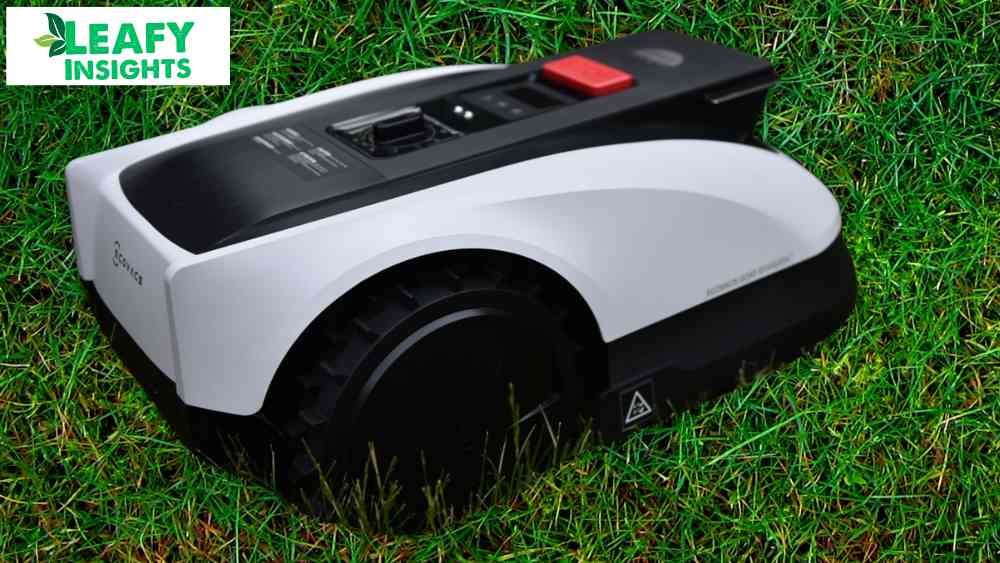
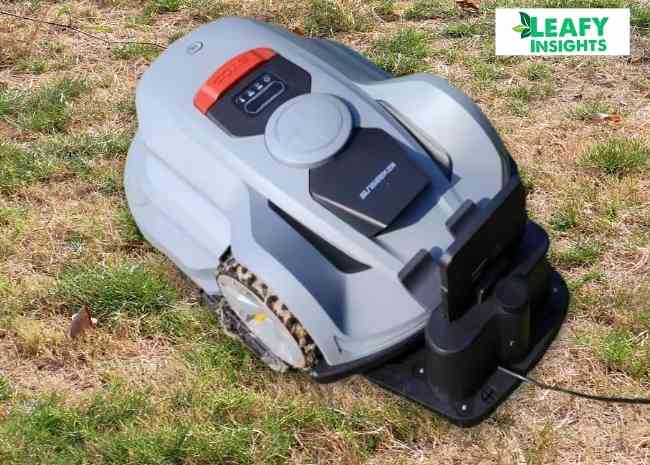
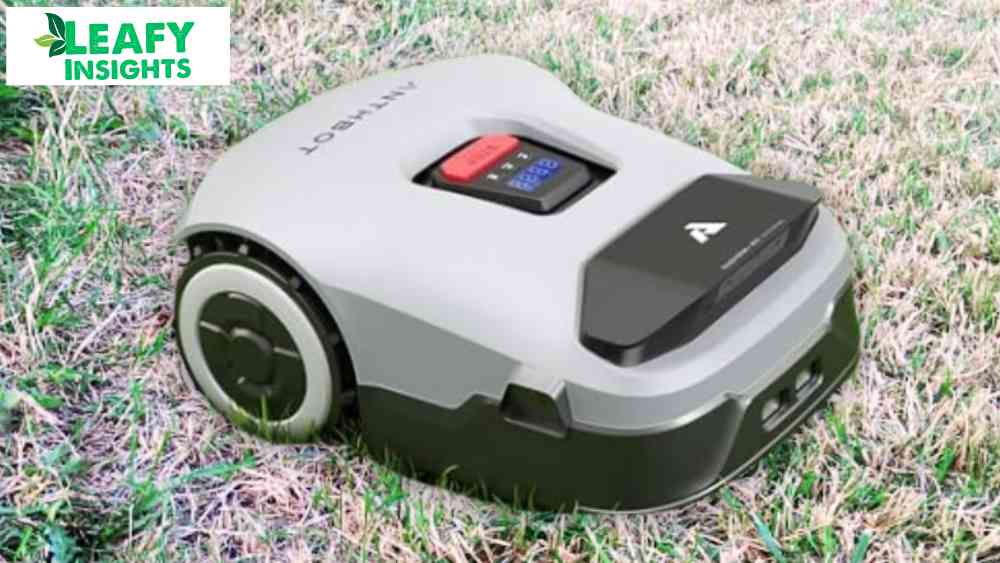

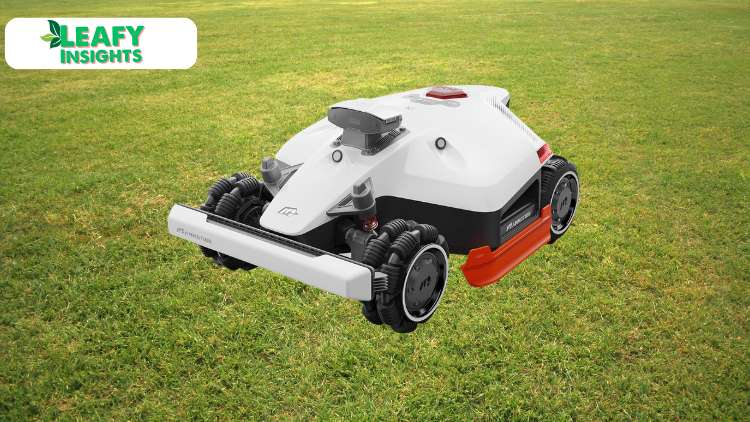
Leave a Reply